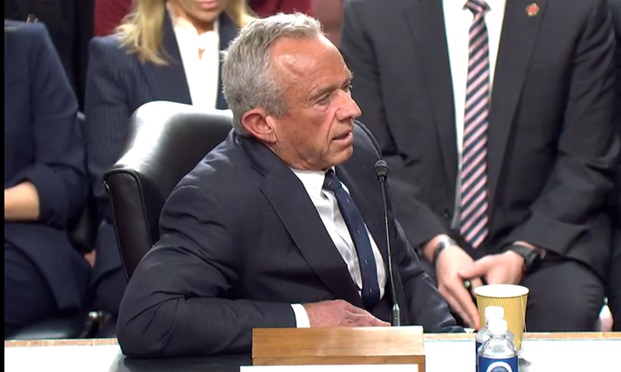If there was ever a good example of the fickle nature of the health insurance markets, witness what has occurred in the individual health insurance over the last few years. If you own an individual insurance policy and your household income is at or above 400 percent of the federal poverty level, expect to pay dearly for your coverage. The 400 percent represents the eligibility limit for ACA premium subsidies (not to be confused with cost sharing subsidies) and is $94,200 in 2017 for a family of four. Individuals that are just below this threshold — say, 399 percent — would get roughly two-thirds of their premium covered by the federal government. If I'm at or above the threshold, I pay the full freight. Translated to real dollars, a person in their 50s with a family of four and a household income of $95,000 will pay about $25,000 per year in the state of Illinois for a silver plan. In 2013, that same premium was about $9,000.
While I do not have deep insight into how our individual health insurance carriers are pricing their plans, it is becoming increasingly clear the markets are reacting in a big way to any level of uncertainty. This uncertainty and subsequent pricing policy extends to both "on-exchange" and "off-exchange" plans, as well as the small group market.
Cost sharing subsidies
Recommended For You
Most recently, this is driven based on the lack of desire to fund the Affordable Care Act cost sharing subsidies (CSRs). These are the subsidies that essentially fund some of the out-of-pocket costs for exchange participants so they can afford their plan. An August 10 article by the Kaiser Family Foundation stated that health plans increased by 19 percent on average to compensate for the loss of CSR payments, with the amount varying substantially by state. When the on-exchange plans and rates were set for 2018, the fate of CSRs was uncertain, meaning those rates (to be effective in 2018) have accounted for this risk.
As the fate of CSRs continues to play out in Washington, here is a brief timeline of what's happened so far:
10/18 Bi-partisan committee heads Lamar Alexander and Patty Murray announced an agreement to extend cost-sharing subsidies, closing the CSR gap.
10/19 President Trump tweeted his concerns about providing a windfall to insurance companies. This concern for bailing out insurance companies has been expressed before as Congress looks to stabilize the insurance market.
10/19 In response to the President's tweet, the Alexander Murray bill the bill's co-sponsor Lamar Alexander stated, "We have a page and a half to make it clear that insurance companies cannot 'double dip,' so the benefits go to consumers not insurance companies,"
10/19 the bill received the bi-partisan support of 24 senators but is a long way off from getting passage in both houses and signature into law by the President.
10/25 A Congressional Budget Office analysis found that the bipartisan bill to stabilize Obamacare would cut the federal deficit by $3.8 billion but wouldn't do much to change health insurance premiums for 2018.
Even if the Alexander Murray bill gets signed into law we will still encounter difficulty in predicting risk based on other factors that influence participation in the Exchanges. These factors include lack of funding for enrollers (the people that assist individuals in selecting an exchange plan), reduced open enrollment period (cut in half from 2016), introduction of association plans through Executive Order and general lack of stability Washington over health care policy.
Recent history has shown it is in the best interest of several players in a row of dominos which include insurance companies, Exchange participants, off-exchange individual and small group policy holders and health care providers to reach a stable existence. It is imperative that our legislators initially work together and come up with a thoughtful health care policy, not because that is the long-term answer, but more of a short-term fix. If we don't things could topple over quickly.
© Touchpoint Markets, All Rights Reserved. Request academic re-use from www.copyright.com. All other uses, submit a request to [email protected]. For more inforrmation visit Asset & Logo Licensing.






